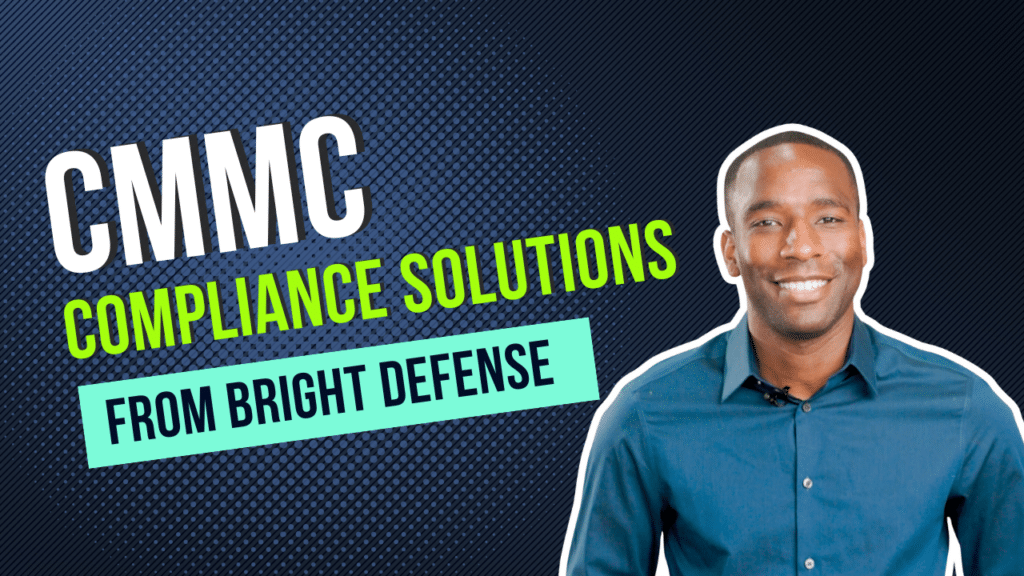
devstaging
February 26, 2025
What is a SOC 3?
In today’s digital landscape, where data breaches are a regular headline and trust has become the new currency, businesses are increasingly turning to SOC (Service Organization Control) reports to showcase their commitment to security and data integrity. Among these, SOC 3 emerges as a beacon for companies looking to communicate their cybersecurity prowess to a broader, non-technical audience. Let’s dive into what SOC3 is, why it matters, and how it stands out in the sea of cybersecurity standards.
Understanding the SOC Landscape
Service Organization Control (SOC) reports are your arsenal in demonstrating cybersecurity to clients and stakeholders. These reports come in three flavors: SOC1, SOC2, and SOC3, each serving distinct purposes but all aimed at one goal – securing and validating your data management practices. SOC 1 focuses on financial reporting, SOC 2 delves into the nitty-gritty of security, availability, processing integrity, confidentiality, and privacy, while SOC 3 offers a high-level summary of these controls, accessible to anyone interested in your organization’s security posture.

The Essence of SOC 3
SOC 3 simplifies the complex. It distills the in-depth analyses of a SOC 2 report into an easily digestible format that reassures clients and customers without overwhelming them with technical jargon. A SOC 3 report revolves around the Trust Services Criteria, ensuring that a service organization is upholding the highest standards in security, availability, processing integrity, confidentiality, and privacy.
The Path to SOC3 Certification
Earning a SOC3 report is a journey of rigorous assessment by third-party auditors. Organizations must first implement robust controls to meet the Trust Services Criteria. The audit process then scrutinizes these controls, culminating in a SOC 3 report that you can publicly share, showcasing your commitment to cybersecurity.
Why SOC 3 Matters
A SOC 3 report is typically shared to prospective customers to build trust and credibility. In a world where digital interactions are the norm, customers and stakeholders demand transparency and assurance. SOC 3 provides this by offering a seal of approval on your security and data management practices, making it a powerful tool in your sales and marketing arsenal and helping you stand out in a crowded marketplace.
SOC 2 vs. SOC 3: Choosing Your Shield
While both SOC 2 and SOC 3 are based on the Trust Services Criteria, they cater to different audiences. SOC 2 is a detailed, technical report meant for those who need to deep-dive into your controls, while SOC3 offers a bird’s-eye view, suitable for a wider audience. Deciding between the two depends on your business needs and the level of detail your stakeholders require. Most organizations will pursue a SOC 2 Type II certification and have the audit firm prepare a SOC 3 report for public use.

Reviewing a SOC 3 Report
Across industries, companies leverage SOC 3 to highlight their commitment to security and build trust with their customers. From cloud service providers to financial institutions, the SOC3 seal serves as a testament to their dedication to protecting client data.
If we review Slack’s SOC 3 report, make sure the dates are in an acceptable period. Remember that all audits are done with a look back period. The report will then cover the company background, service offerings, and scope of the audit. Page 6 of the report then discusses the procedures that Slack uses for issuing devices to personnel and how they can access internal systems. Towards the end of page 6 we can see that Customer Data is defined as Confidential information and private only to customers.
Subservice Organizations
On page 7 of the report we can see that Slack calls out 3 major subservice organizations namely: Salesforce, AWS and Zendesk. Since all these subservice organizations also perform their own SOC 2 annually, that is mentioned and therefore these subservice orgs are “carved out” of the scope of the audit. It’s expected that the subservice orgs have Complementary Subservice Organization Controls (CSOCs) that meet the common controls required by the SOC 2 framework.
Complementary Subservice Organization Controls
Complementary Subservice Organization Controls (CSOCs) in a SOC 3 report are controls that third-party vendors or partners (subservice organizations) of the audited service organization must actively implement and maintain. These controls support the service organization in meeting the Trust Services Criteria: security, availability, processing integrity, confidentiality, and privacy. These controls are essential when the service organization outsources certain tasks or functions to subservice organizations that could impact the security and processing integrity of the services provided to user entities.

The concept of CSOCs acknowledges that in today’s interconnected business environment, service organizations often rely on other entities to perform some of the services or functions that are part of the overall service offering to their customers. Therefore, the SOC 3 report needs to consider how these subservice organizations’ controls complement the service organization’s controls to ensure a comprehensive security and compliance posture.
CSOCs are necessary because they ensure that all aspects of service delivery, even those handled by external parties, meet the required standards for security and reliability. They provide assurance to the user entities that not only the primary service organization but also its subservice organizations maintain a strong control environment that supports the secure and effective delivery of services.
User Entity Controls
Starting at the middle of page 10, are user entity controls, often referred to within the context of SOC reports, including SOC 3, are specific controls that the client (user entity) of a service organization must implement and maintain as part of their overall information security and control environment. In a SOC 3 report, these controls are essential for ensuring that the security, availability, processing integrity, confidentiality, and privacy objectives, as outlined in the report, are met effectively.
The SOC 3 report outlines the framework and controls the service organization has in place to secure and manage data. However, it acknowledges that the effectiveness of some of these controls also depends on the user entity implementing complementary controls on their end. For example, if a cloud service provider outlines controls for securing data stored on their servers, the user entity might be responsible for ensuring their employees use strong passwords and adhere to proper access protocols to interact with that data.
User entity controls are crucial because they highlight the shared responsibility between the service organization and its clients. They remind the clients that while the service organization provides a secure environment, the client must also take steps to ensure they use the service securely and in alignment with their own internal control and compliance requirements.

Conclusion
In our digital age, trust is paramount. SOC 3 stands out as a key tool for organizations looking to affirm their commitment to cybersecurity in a clear, understandable manner. By achieving and showcasing a SOC 3 report, you not only reassure your customers and stakeholders but also position your company as a trusted leader in your industry. Most company’s pursuing SOC 2 certification will issue a SOC 3 report for public use as the SOC 2 report contains highly confidential information on the company’s specific processes and procedures.
About Bright Defense
Take the first step towards securing your company’s future with Bright Defense’s Continuous Compliance Service, tailored specifically for implementing the SOC 2 framework. Safeguarding your data and ensuring compliance is not just a one-time effort but a continuous journey. With Bright Defense, you gain a partner committed to maintaining your compliance with the SOC 2 standards, ensuring that your security, availability, processing integrity, confidentiality, and privacy controls are always up to date and in line with industry best practices. Don’t let compliance challenges hold your business back. Contact Bright Defense today to learn more about how our Continuous Compliance Service can keep your organization ahead of the curve, build trust with your customers, and provide peace of mind in a world of ever-evolving cybersecurity threats. Let us help you turn compliance into your competitive advantage.
Get In Touch



